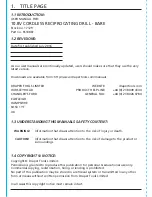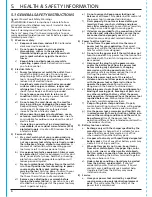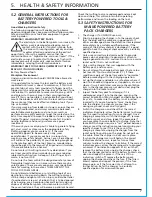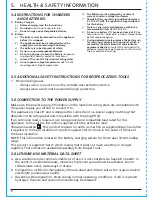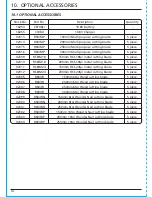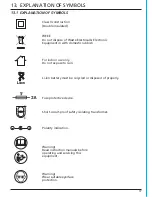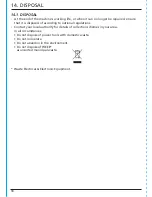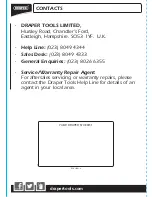
13
9. BASIC RECIPROCATING SAW OPERATION
FIG.6
FIG.7
9.3 PLUNGE CUTTING - FIGS. 6 - 7
WARNING: Plunge cutting is only suitable when
working softer materials such as wood or plaster
board! However, this requires a degree of practice
and is only possible with short saw blades.
-
Place the tool via the pivoting footplate onto
the work piece and switch on. Pay attention
that the bottom side of the pivoting footplate
faces against the surface of the work piece.
-
Slowly plunge the saw blade into the work
piece at an angle. After the saw blade
penetrates through the work piece, move the
tool to a vertical position and continue to saw
along the cutting line.
-
Switch off the tool and remove it from the
work piece.
9.4 FLUSH CUTTING - FIG. 8
With the use of flexible bimetal saw blades,
projecting items (i.e. water pipes, etc.) can be
sawed off flush to the wall. Pay attention that the
saw blade always extends beyond the diameter of
the pipe being sawed. Danger of kickback.
Position the saw blade sidewards against the wall
and apply some lateral pressure via the tool so
that the edge of the pivoting footplate faces
against the wall. Switch the tool on and make the
cut, applying constant lateral pressure.
FIG.8
Summary of Contents for 10.8V
Page 19: ...19 NOTES...


